When using telephoto and macro lenses, it is often desirable to get tighter framing on a subject that is being photographed. One of the main reasons is to magnify the subject and improve its detail in order to show it best to the viewer, but another reason could be related to improved framing and composition – by focusing tightly on the subject, it is often possible to remove the visual clutter surrounding the subject, which ultimately simplifies and enhances composition.
Although photographers can often simply move closer to their subjects to get tighter framing, sometimes it is physically impossible to do that due to the nature of the subject (such as when photographing wildlife), or when action is taking place at a particular distance (such as when photographing sports activities). In such situations, a teleconverter can come into the rescue. While teleconverters can be incredibly useful, they also have a few rather serious disadvantages that can lead to increased blur and loss of sharpness. Let’s take a look at what a teleconverter is and go over its advantages and disadvantages in more detail.
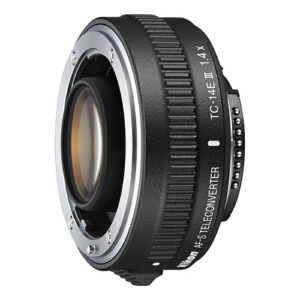
First, we will define what a teleconverter is and how it can be used in photography.
What is a Teleconverter?
A teleconverter, also known as an “extender”, is a magnifying secondary lens that is typically attached between a camera body and an existing (primary) compatible lens. The purpose of a teleconverter (TC) is to increase the effective focal length of the primary lens, which unfortunately comes at the cost of decreased sharpness and reduced maximum aperture (due to loss of light). The magnification effect of a teleconverter and its effect on maximum aperture depends on its multiplication factor, which varies from 1.2x all the way to 3.0x (the most common ones are typically 1.4x and 2.0x).
For example, if one uses a 300mm f/2.8 prime telephoto lens, a 2.0x teleconverter will double its focal length and decrease its maximum aperture by two full stops, which will make it a 600mm f/5.6 lens. Teleconverters also have the same effect on zoom lenses – the whole zoom range will get magnified and their maximum aperture decreased. For example, a 1.4x TC would make a 70-200mm f/2.8 into a 98-280mm f/4.0 lens.
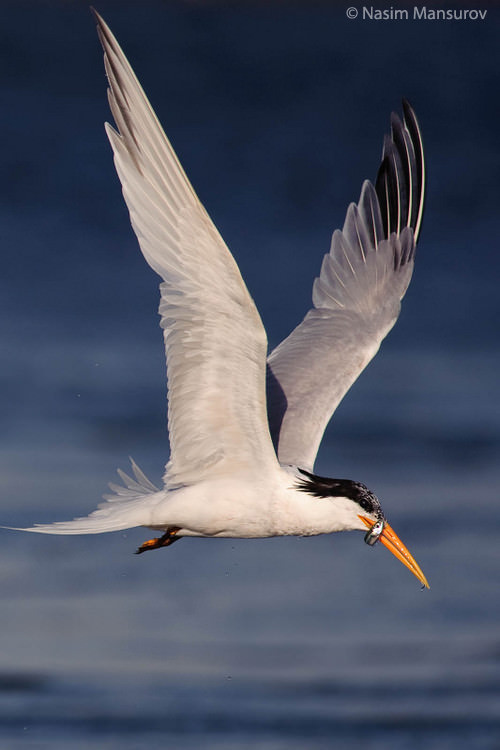
Optically, a teleconverter is typically comprised of multiple optical elements, the total number of which can vary depending on the optical design and focal length multiplication factor of the teleconverter. Typically, the larger the multiplication factor / the longer the teleconverter, the larger the physical size of the teleconverter.
Since most teleconverters are designed to be used with a number of different lenses, their optical design normally incorporates standard lens elements without optical corrections, which unfortunately results in increased optical aberrations, such as lateral chromatic aberration. However, in some cases, manufacturers try to minimize the effect of optical aberrations by incorporating more complex lens elements, such as aspherical elements, into their teleconverter design.
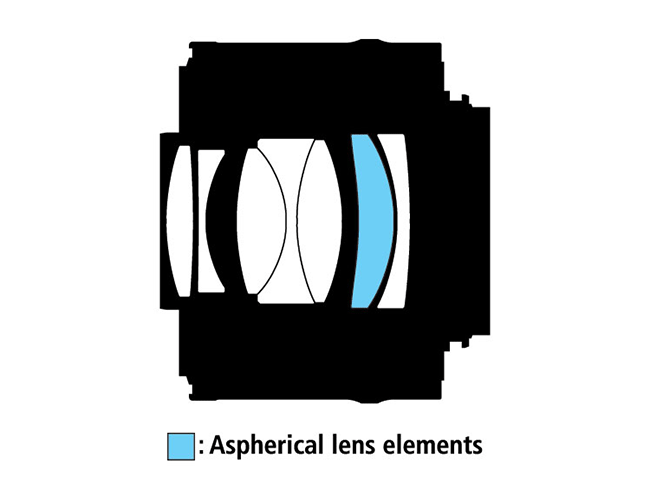
The use of extra-low dispersion lens elements is also rather limited in teleconverters, partly due to potential incompatibility issues with the primary lenses. There are exceptions to this too though – sometimes manufacturers make teleconverters specifically for one lens and in such cases, they can incorporate any suitable optical lens elements as part of the telephoto group of lenses.
One such known case is the NIKKOR AF-S TC800-1.25E ED, which was not only made for the exotic Nikon 800mm f/5.6E FL ED VR but also each manufactured teleconverter was tuned to specifically work only with the 800mm lens it was shipped with. Because of this, the TC800-1.25E ED teleconverter cannot be purchased separately, like all other normal teleconverters.

As a result, keep in mind that standard teleconverters designed to work with more than one lens are always going to be built with some compromises.
Common Teleconverters
Although practically every lens manufacturer involved in making super-telephoto lenses also makes teleconverters, the most common ones you will find on the market are typically limited to 1.4x and 2.0x multiplication factors. Some manufacturers, however, also produce more uncommon teleconverters with other multiplication factors, but their use and effectiveness can vary greatly by the lens.
For example, Nikon and Hasselblad make 1.7x teleconverters, while accessory manufacturers like Kenko can make teleconverters with a much larger 3.0x multiplication factor. Unfortunately, as explained below, teleconverters have rather drastic effects on lens performance both in terms of overall sharpness and autofocus speed, so one has to be very careful when choosing anything longer than 1.4x. In some cases, it might be better to crop an image in post-processing software to get closer to the subject, than to try to do the same with a teleconverter (this can be especially true when attempting to stack multiple teleconverters).

Teleconverter Lens Compatibility
As mentioned above, while teleconverters are typically made to work with more than one lens, there are no teleconverters on the market that work with every lens. Both Nikon and Canon have rather small lists of lenses (compared to the overall lens line) that are compatible with their teleconverters for a reason – most lenses are not designed to couple with teleconverters.
Some have physical limitations, such as a rear element extending too close to the camera mount, while others have optical limitations. Since most teleconverters are specifically designed for professional super-telephoto lenses, most wide-angle, standard, and telephoto lenses are not compatible with them. However, there are exceptions – some macro lenses, such as the Nikon 105mm f/2.8G VR, do work quite well with Nikon teleconverters.
In addition, it is important to point out that with very few exceptions, teleconverters made by one manufacturer are only designed to work with lenses from the same manufacturer, even if the camera mount is the same.

Below is the list of links to lens manufacturer websites, which detail teleconverter compatibility with specific lenses:
Always make sure to check that the teleconverter you are planning to use is compatible with the existing lens you are planning to use it on.

Coupling Teleconverters with Prime vs Zoom Lenses
Generally, teleconverters work much better with super-telephoto prime lenses than with zoom lenses. There are several reasons for that. First, aside from very few exceptions, zoom lenses are typically slower than prime lenses, which means that they already receive less light for the camera’s autofocus system to work with. As a result, there might be a great impact on both overall autofocus speed and accuracy. In some cases, teleconverters can significantly reduce the maximum aperture of a lens, potentially completely disabling autofocus capabilities of the camera, as explained below.
Second, it is very hard to optimize a zoom lens to perform evenly at all focal lengths by the manufacturer, which makes sharpness uneven and inconsistent across the zoom range when a teleconverter is added.
Third, with more lens elements moving in groups when zooming, lens decentering and other optical problems become even more apparent.

However, there are cases when teleconverters do work well with zoom lenses. For example, the Nikon 70-200mm f/2.8G VR II is known to work well with the TC-14E II/III, very well with the TC-17E II and if one is willing to stop down to the f/8 range, even the TC-20E III can be quite a usable combination.

The Pros and Cons of Using Teleconverters
The obvious advantage of using teleconverters is extended reach at a relatively low cost. This becomes especially true when utilizing high-quality prime lenses with a variety of teleconverters. For example, the Nikon 300mm f/2.8G VR II is a phenomenal lens that works well with all three modern Nikon teleconverters, TC-14E III (1.4x), TC-17E II (1.7x) and TC-20E III (2.0x).
With these teleconverters, the 300mm f/2.8G can transform into 420mm f/4, 510mm f/4.8, and 600mm f/5.6 lenses, which makes it a very versatile option for sports and wildlife photography. The 1.4x and 1.7x teleconverters have little impact on autofocus performance and sharpness because the lens was specifically optimized in its design to couple well with these teleconverters. The 2.0x teleconverter certainly does degrade AF performance and especially sharpness, but stopping down the lens by a full stop still makes it quite a usable setup. In essence, this allows the 300mm lens to cover three additional focal lengths from 420mm all the way to 600mm!

Another advantage of teleconverters is that they do not affect the minimum focus distance of a lens. Teleconverters do not affect the optical characteristics of lenses – they only magnify the center portion of the frame. This means that if one were to use a telephoto lens with a short minimum focus distance, it could be used as an excellent option for extreme close-up / macro photography as well.
For example, the Nikon 300mm f/4E PF ED has an impressive minimum focus distance of 1.4 meters. The 1.7x teleconverter would extend its reach significantly all the way to 510mm. At such close focusing distance, the lens will have its reproduction ratio increased by the same multiplication factor of the teleconverter lens, so it will go from 0.24x to 0.41x with the 1.7x teleconverter. A nice option for occasional macro work for sure!
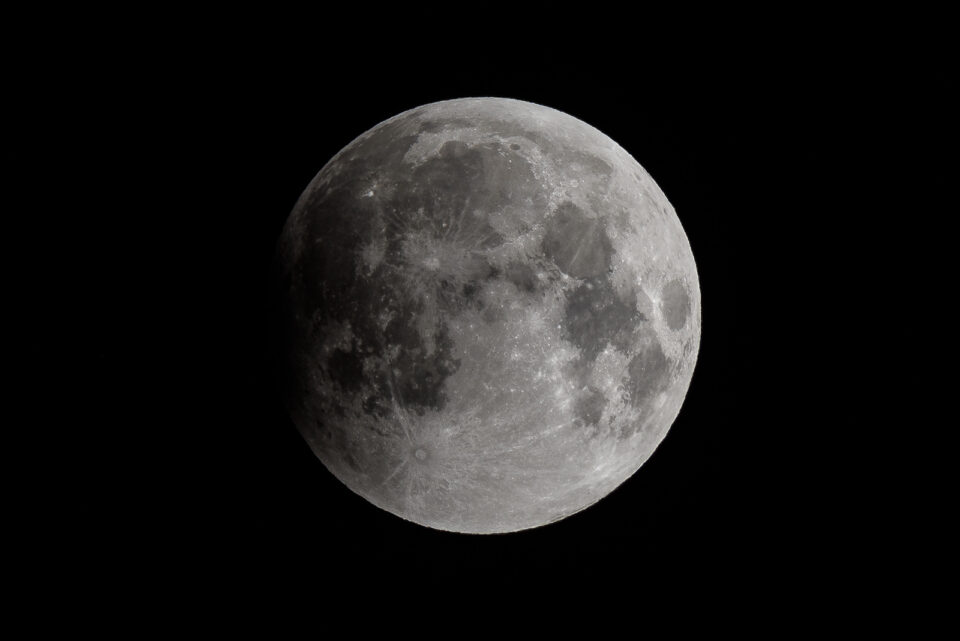
Similarly, when macro lenses are coupled with teleconverters, their reproduction ratio gets increased as well, allowing for even closer than 1:1 magnification. However, if one desires to decrease the minimum focus distance of a lens, it is only possible to achieve that with the help of extensions tubes, close-up lenses, and lens reversal tricks.
Nikon Teleconverter Overview
Wondering about which Nikon teleconverter to pair with your lens? Over the years, I have used many different teleconverters, but the ones I used the most were Nikon-branded. Below are my thoughts on each teleconverter and its field use, based on my experience.

The Nikon TC-14E III is simply excellent. I have not seen it degrade image quality on any Nikon lenses to the level where I could see an obvious loss of contrast or sharpness. I have used it with the Nikon 105mm VR, all three versions of the Nikon 70-200mm f/2.8, 300mm f/4D and 300mm PF, and pretty much every expensive super-telephoto lens. I take it with me everywhere, and mine stays pretty much glued to my Nikon 300mm f/4D AF-S the majority of the time – that’s what I still use primarily for birding (although the newer 300mm f/4 PF is even sharper and lighter). The TC-14E III is the smallest and the lightest of the three teleconverters. Its predecessor was also quite excellent, but for compatibility reasons with modern E-type lenses, I would recommend getting the latest TC-14E III version.
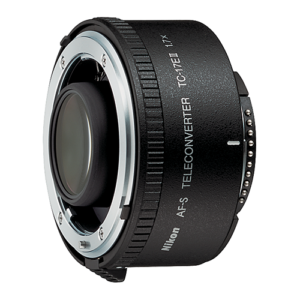
The Nikon TC-17E II is a mixed bag. It works with many Nikon lenses, but it slows down AF and impacts AF accuracy. Not as good of a TC to be used with slower f/4 lenses, which includes the 300mm f/4, 200-400mm f/4, and 500mm f/4 lenses. I have used it with my 300mm f/4D AF-S and it makes the lens hunt, especially in anything but good lighting environments. The same thing with the Nikon 200-400mm f/4G VR II, although AF accuracy is not bad on newer Nikon DSLRs like D850 and D5. On fast f/2-2.8 lenses, it performs pretty well. It works great on the last two Nikon 70-200mm f/2.8 lenses, and it does not disappoint with the 200mm f/2, 300mm f/2.8, and 400mm f/2.8 lenses either. The TC-17E II is quite old, and it has not been replaced by the third generation yet.
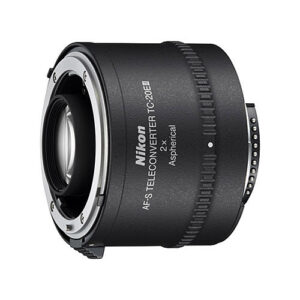
The Nikon TC-20E III is much better than its predecessor (which was very disappointing on many lenses). It performs surprisingly well on the 70-200mm f/2.8G VR II (stop down to f/8 for best results), but not so well on the newer FL version in terms of potential sharpness and AF accuracy. It works like a champ with the 300mm f/2.8 and 400mm f/2.8 lenses. On slower f/4 lenses, however, it is pretty disappointing. It is unusable on both Nikon 300mm f/4D / PF, and 200-400mm f/4 lenses, and while it will work with the 500mm f/4 and 600mm f/4 lenses, you will have to stop down to f/11 to get anything reasonably good. You will also need to use one of the latest Nikon DSLRs like D850 and D5 that focus better in low light. Not a great setup for fast action, but could work for large animals when shooting over long distances.
Image Degradation with Teleconverters
As you can already tell, some teleconverters have serious disadvantages that you have to keep in mind. Aside from lens compatibility and cross-brand compatibility issues, teleconverters decrease the overall sharpness of the primary lens, magnify its lens aberrations, and reduce autofocus speed and accuracy. This is especially true for 2.0x and longer teleconverters. Let’s take a look at the impact of teleconverters on lens sharpness and contrast, based on my research.
I measured the sharpness of the Nikon 70-200mm f/2.8E FL VR, with and without teleconverters using Imatest, to see how its sharpness is affected. The three teleconverters used were the Nikon TC-14E III, TC-17E II, and the TC-20E III. The Nikon 70-200mm f/2.8E FL VR was set to 70mm at f/5.6, its sharpest focal length and aperture. With the three teleconverters, the focal length change was roughly equivalent to 100mm (1.4x), 120mm (1.7x) and 140mm (2.0x). Below are the results that I was able to obtain:
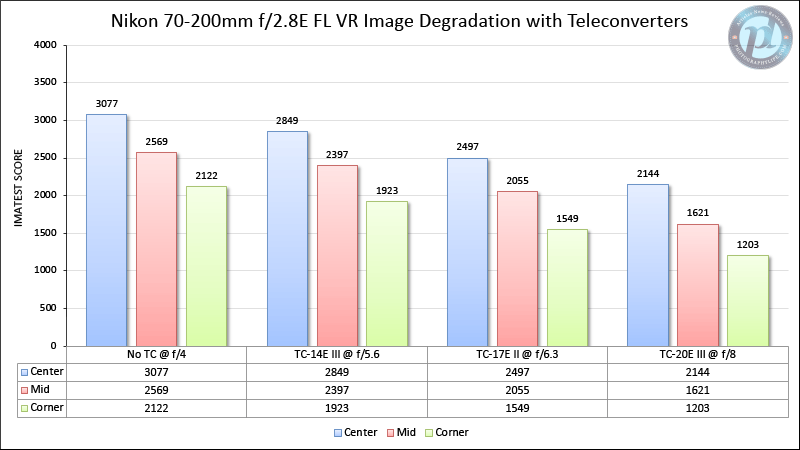
For most people, these numbers don’t mean anything. I did the math to figure out the percentages and once I compiled the mean data, here is what I came up with:
- Nikon TC-14E III – 7% Sharpness Loss
- Nikon TC-17E II – 19% Sharpness Loss
- Nikon TC-20E III – 30% Sharpness Loss
Now keep in mind that this is the best-case scenario when everything is stopped down to the best aperture for the lens. I shot the TC-14E III at f/5.6, TC-17E III at f/6.3, and TC-20E III at f/8. Opening up or stopping down the lens produced inferior results.
It is important to point out that the above percentages are only for the center of the frame. If you look at the numbers, you will notice that the teleconverters impact mid-frame and corner performance differently. This is due to the fact that the extreme corners magnify lens aberrations heavily. In the case of the Nikon TC-20E III, the lens sharpness was much worse compared to the center at 43% sharpness loss.
As you may already know, the maximum aperture changes when using teleconverters. If I shot these wide open, the numbers would be totally different. All teleconverters behave differently at maximum aperture, with the TC-14E III having the least impact on the sharpness, and both TC-17E II and TC-20E III having the most (I would say both are fairly soft wide open, depending on what lens you mount them on). Also, keep in mind that this test only shows performance on one lens – TCs vary in performance on different lenses. You can expect both the TC-17E II and the TC-20E III to behave differently on fast prime lenses like 200mm f/2, 300mm f/2.8, etc.
What makes it even tougher to assess performance, is that sample variances in both teleconverters and lenses can work hand-in-hand or against each other, especially for 1.7x and longer teleconverters. That’s why some photographers might swear by a combination of one particular teleconverter and lens that works for them, while others might find results unacceptable when using the same exact setup.
In summary, when using teleconverters in the field, you could expect the 1.4x teleconverter to lose about 5-7% sharpness, 1.7x to lose 17-20% and 2.0x to lose 30% and above. The TC-14E III is a no brainer here – with its minimal sharpness loss, you won’t see any difference between the original and with the TC attached. All three will look great if you are down-sampling, but differences will be visible when doing 100% crops. For birders, this means that you might not see that same level of detail on feathers and hair that you would see when using the lens without any TCs, or with the TC-14E III attached.

In addition to loss of sharpness, the overall contrast of the lens is also reduced, which is especially noticeable when using 2.0x teleconverters.
The Impact of Teleconverters on Autofocus Performance
As I have already explained above, teleconverters can have a drastic effect on both autofocus speed and accuracy of the primary lens and the camera, since the camera’s autofocus system has less light to work with. When using a teleconverter longer than 1.4x, quite a bit of light is lost when it is passed through the teleconverter, which can confuse the camera’s autofocus system, particularly in low-light situations. For this reason, I generally recommend against the use of 1.7x and 2.0x teleconverters on slower lenses, as such combinations can result in a very frustrating experience when shooting in the field.
Here is a quick summary of teleconverters and their impact on AF speed and accuracy:
- 1.4x Teleconverters: Minimum impact on AF speed and accuracy on most lenses.
- 1.7x Teleconverters: Impact on AF speed and accuracy depends on the primary lens. Generally, slower f/4 lenses don’t couple well with 1.7x teleconverters.
- 2.0x Teleconverters: Generally, severe impact on AF speed and accuracy on most lenses. Only select f/2.0 and f/2.8 prime lenses work well with 2.0x teleconverters, and typically only in bright light conditions.
- 3.0x Teleconverters and coupling of several teleconverters: AF functions are disabled – only used with manual focus.

Teleconverters vs Extension Tubes
Extension tubes should not be confused with teleconverters, because their use and purpose are completely different. While teleconverters are always comprised of optical lens elements for the purpose of increasing focal length, extension tubes are physical attachments without any optics, the sole purpose of which is to reduce minimum focus distance for increased magnification. Because of this, extension tubes are used for macro work, whereas teleconverters are used to get closer to action.

Teleconverter vs Cropping in Post
In some cases when using slow zoom lenses with a teleconverter, or when coupling several teleconverters together, image degradation can be so severe, that one might be better off cropping images in post-processing. In cases where autofocus functions are severely impacted and limited by a teleconverter, it is sometimes better to use a shorter teleconverter or drop the use of a teleconverter completely. What is better – a magnified out of focus subject, or a sharp subject with less resolution? That’s something you will have to assess and evaluate when using teleconverters, on a case-by-case basis.
Personally, aside from a couple of specific combinations, I personally avoid using 2.0x teleconverters. I regularly use 1.4x and sometimes 1.7x teleconverters, but I find 2.0x to be too much of a compromise on most lenses out there due to the above-mentioned AF issues and severe loss of sharpness/contrast. Sharpness and contrast can be improved in the post, but focus problems cannot.
However, there are always exceptions to keep in mind. Some lenses work acceptably well with 2.0x teleconverters and their use and practically could even improve in the future, thanks to newer technologies. One example of this is the Sony FE 100-400mm f/4.5-5.6 GM OSS, which works surprisingly well with 2.0x Sony teleconverter, even at the longest end of the zoom range.
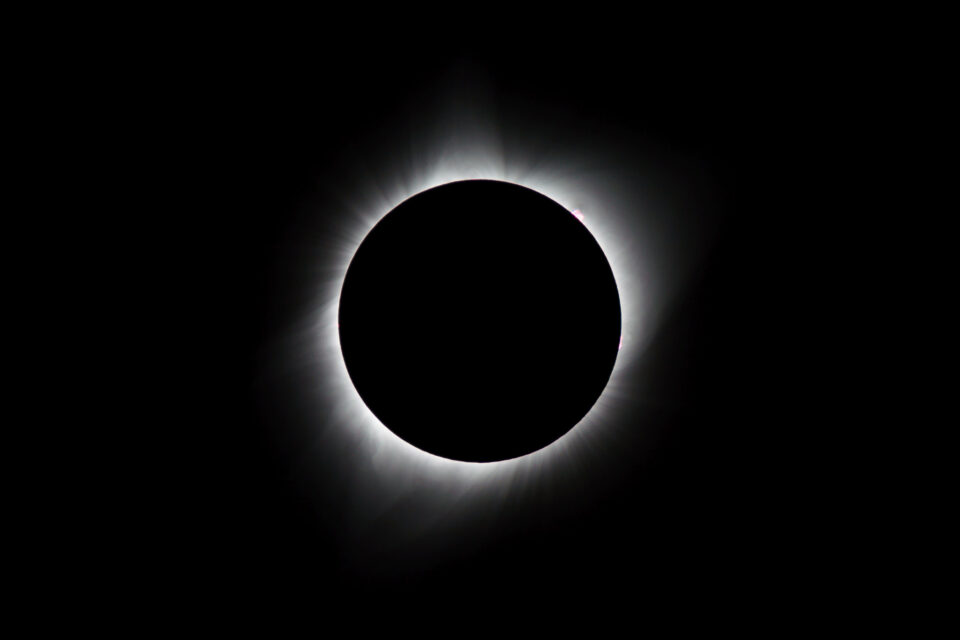
Sony A9 + FE 100-400mm F4.5-5.6 GM OSS + 2X Teleconverter @ 794mm, ISO 100, 1/60, f/13.0
Teleconverter vs Cropping in Camera
With many modern cameras offering shooting in crop modes (for example, most Nikon FX / full-frame cameras allow shooting in 1.5x DX crop mode), one might wonder if it makes sense to use a crop mode instead of a teleconverter to get closer to action. As we have numerously said in a number of articles at Photography Life, in-camera cropping is in no way different than cropping in post-processing, so it does not offer any additional benefits, aside from perhaps slightly increased frame rates and smaller files. If the latter two are not a concern for you, switching to a camera crop mode rarely makes sense, as you can crop images easily in post later. In fact, if a subject gets too close to the camera during shooting, you might miss your shots completely because of this in-camera cropping!
Hence, in-camera cropping will never have the same effect as the use of a teleconverter. Teleconverters effectively increase focal length, whereas cropping simply reduces the field of view.
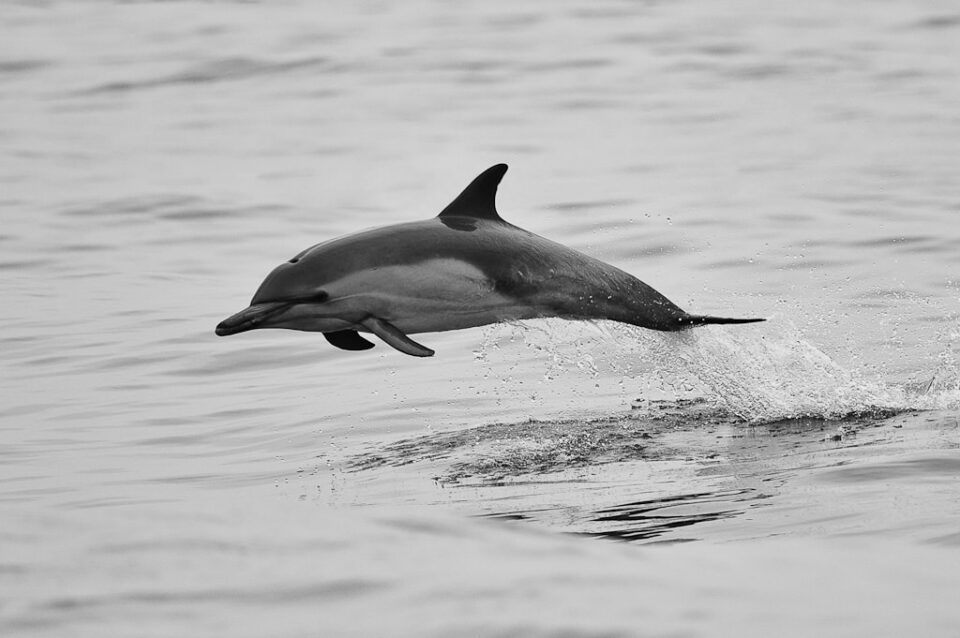
Hope this article helps our readers in understanding how teleconverters work and when one can utilize them. If you have any questions or comments, please feel free to post them in the comments section below.